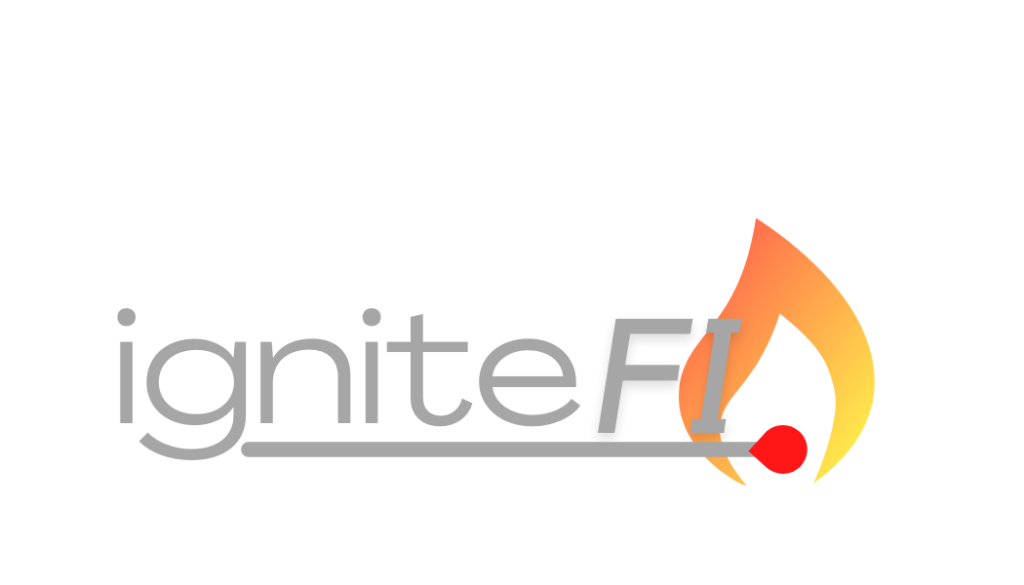As we navigate an increasingly digital world, the landscape of identity theft evolves rapidly. This presents new challenges for both individuals and organizations alike. The Identity Theft Resource Center’s (ITRC) 2023 Trends in Identity Report offers valuable insights. It highlights critical trends and demographic data. This information can inform our strategies for prevention and mitigation.
Key Findings from the 2023 Report
The ITRC’s latest report reveals a paradox. While the number of identity theft victims assisted by the center decreased by 16% in 2023, the complexity and severity of identity misuse cases have escalated.(Source) The most commonly reported forms of identity misuse include Existing Account Takeover (52%), New Account Creation (36%), and Employment-related fraud (5%).
Despite a reduction in overall victim numbers, there has been an 11% increase in attempts at identity misuse, often linked to financial accounts. Additionally, there has been a significant rise in victims reporting multiple instances of identity crimes, indicating that those targeted are facing repeated and varied attacks.
Emerging Trends in Identity Theft
One of the most alarming trends identified in the report is the new and improved identity theft schemes. Thieves are leveraging advanced tools, possibly including generative AI, to create convincing job postings and other scams. This trend underscores the importance of rigorous verification processes.
Moreover, the severity of identity misuse is growing. Cases where victims’ Social Security Numbers (SSNs) are used for employment or other fraudulent activities are becoming more common. This leads to prolonged and complex recovery efforts. Additionally, identity thieves already possess enough information to open new lines of credit and other accounts. This amplifies the potential damage they can cause.
To combat these sophisticated fraud threats, many companies are turning to Artificial Intelligence (AI) and Machine Learning (ML). These technologies are revolutionizing fraud protection by enhancing detection and prevention mechanisms. AI and ML solutions, particularly those leveraging behavioral analytics, offer high accuracy in identifying fraudulent activities while operating seamlessly in the background without user detection. AI-powered fraud solutions are becoming essential defense mechanisms, and it’s imperative for credit unions to explore and integrate these advanced technologies to stay ahead of evolving threats.
Demographics and Affected Groups
The report also provides a detailed demographic analysis of identity theft victims. The majority fall within the age range of 25 to 64 years. Those over 65 constitute a significant portion of the victim pool. Ethnic demographics indicate that members of Black communities are contacting the ITRC at a higher rate than their representation in the general population, while Hispanic and Asian communities are underrepresented.
Geographically, victims from California, Florida, Texas, New York, and Pennsylvania reported the highest numbers of identity theft incidents. This geographic data can help tailor regional strategies for identity theft prevention and response.
Prevention and Mitigation Strategies
Given these trends and more, it’s crucial to implement effective and often low-tech defense mechanisms. Simple actions like verifying the legitimacy of job postings by contacting companies directly can thwart many sophisticated scams. Furthermore, there is a growing demand for preventive information, with the number of individuals seeking identity protection advice from the ITRC nearly doubling compared to the previous year.
Conclusion
The ITRC’s 2023 Trends in Identity Report highlights the evolving nature of identity theft. It emphasizes the need for continued vigilance and proactive measures. As leaders in the credit union space, it is imperative to prioritize identity protection for both our members and organizations. By staying informed about emerging trends and implementing robust preventive strategies, we can mitigate the risks and protect our communities from the far-reaching impacts of identity theft.
Engage with Us: What steps has your organization taken to combat identity theft? Share your strategies and experiences in the comments below. Let’s collaborate to enhance our defenses against these evolving threats.




